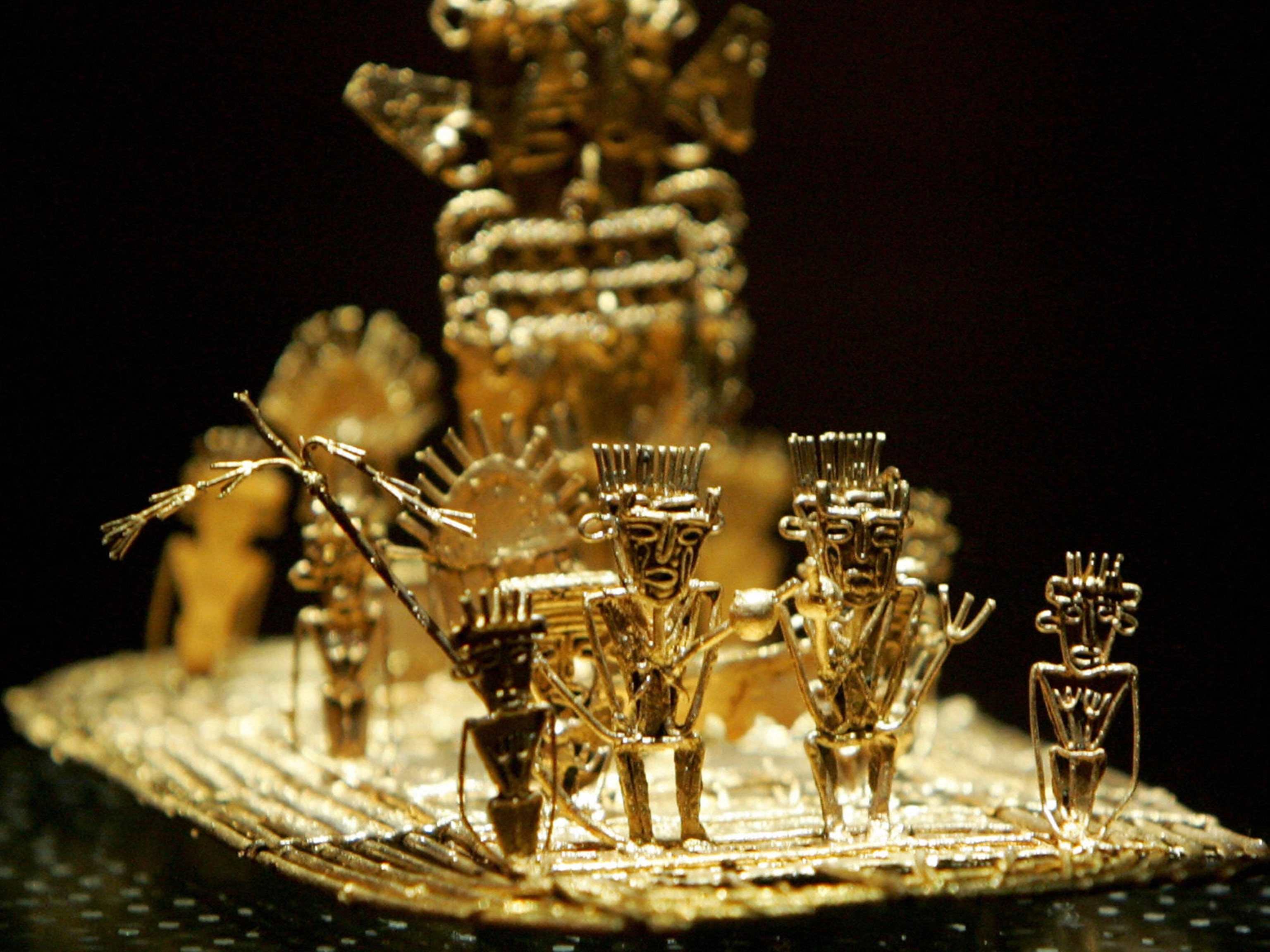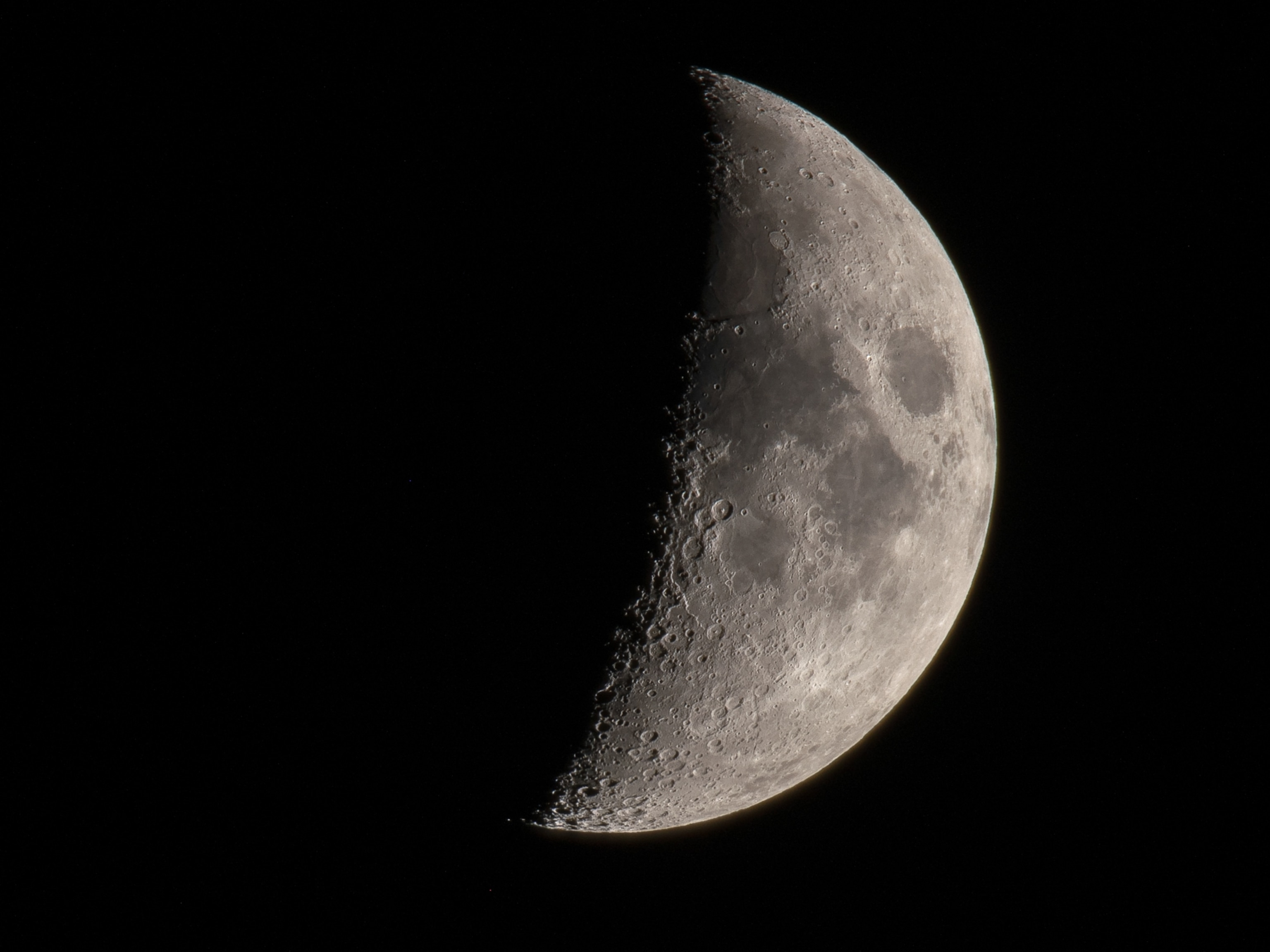During his twilight years, American author Mark Twain noted that "life would be infinitely happier if we could only be born at the age of 80 and gradually approach 18."
Twain's quip was only one of many complaints about aging that have been recorded for as long as humans have dreaded the downside of a long life. The ancient Greek poet Homer called old age "loathsome," and William Shakespeare termed it "hideous winter." Oscar Wilde's character Dorian Gray even preserved his youth by aging only in a painting, to hideous effect.
So it's not hard to understand why there have always been hopes and rumors that something soon to be discovered—magic waters, say, or maybe stem cell research—will do away with old age.
Alexander the Great, who conquered most of the known world before he died around 323 B.C., may have been looking for a river that healed the ravages of age. During the 12th century A.D., a king known to Europeans as Prester John supposedly ruled a land that had a river of gold and a fountain of youth.
But the name linked most closely to the search for a fountain of youth is 16th-century Spanish explorer Juan Ponce de Leon, who allegedly thought it would be found in Florida. In St. Augustine, the oldest city in the U.S., there's a tourist attraction dating back a century that purports—albeit in a tongue-in-cheek way—to be the fountain of youth that Ponce de Leon discovered soon after he arrived in what is now Florida in 1513.
There are a couple of problems with labeling St. Augustine's natural spring as Ponce de Leon's fountain of youth, however. Elderly visitors who drink the spring's sulfur-smelling water don't turn into teenagers. And Ponce de Leon probably wasn't looking for such a fountain and may not have set foot near present-day St. Augustine. Many historians now think he came ashore about 140 miles (225 kilometers) farther south, near present-day Melbourne, Florida.
The Thrill of the Chase?
But the tale of the search for a fountain of youth is so appealing that it survives anyway, says Ryan K. Smith, a professor of history at Virginia Commonwealth University in Richmond, commenting on the nature of mystery.
"People are more intrigued by the story of looking and not finding than they are by the idea that the fountain might be out there somewhere," Smith says.
No original documents survive from Ponce de Leon's Florida expedition. There is one theory that Spanish historians, writing long after he died in 1521, may have created the story that he was seeking the fountain to make fun of him because he was an old man who wanted to restore his sexual vigor, Smith says.
Still, a few grains of truth have helped sustain the story. Kathleen Deagan, a professor of archaeology at the University of Florida in Gainesville and a National Geographic Society grantee, says a cemetery and the remains of a Spanish mission dating back to St. Augustine's founding in 1565 have been discovered near the so-called fountain of youth.
"It's always been interesting and ironic that the site is, in fact, one of the most important historical sites in Florida," Deagan says.
Michelle Reyna, a spokesperson for the Fountain of Youth Archaeological Park in St. Augustine, says the fountain has been a tourist attraction since at least 1901, and may have been attracting visitors since 1860.


















